What and how to spray tomatoes for the ovary?

The volume of the harvest directly depends on the number of ovaries in the fruit clusters. Even healthy and powerful-looking tomato seedlings cannot guarantee the formation of a large number of flowers and ovaries. Many factors can negatively affect fruiting, and this must be taken into account when growing a fruit crop.
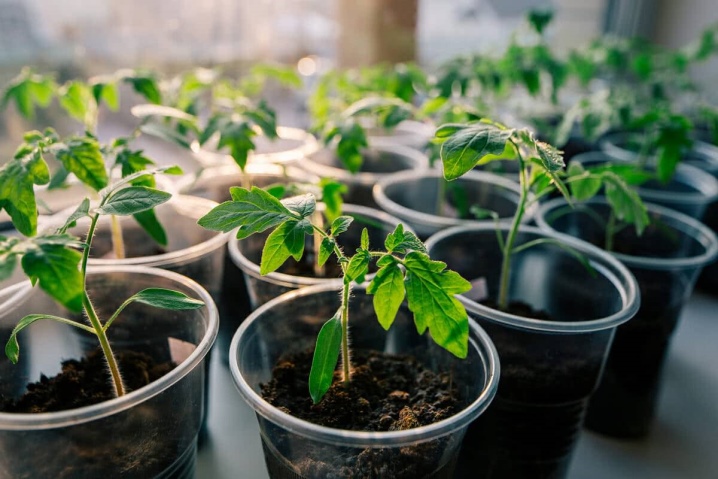
Many gardeners point to a problem in which plants bloom profusely, but when it comes time to harvest, there are practically no tomatoes on the fruits. To cope with this problem, special substances are used. They are used to treat plants in certain phases of growth.
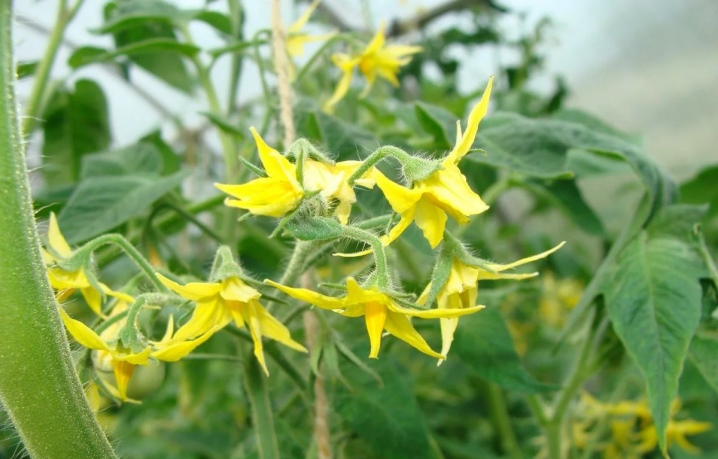
Why do tomatoes tie badly?
In the northern regions of the country and in regions with an unstable climate, tomatoes are often grown in greenhouses. So the plants are protected from the vagaries of the weather. For a rich harvest, you need to observe comfortable conditions for each specific variety.
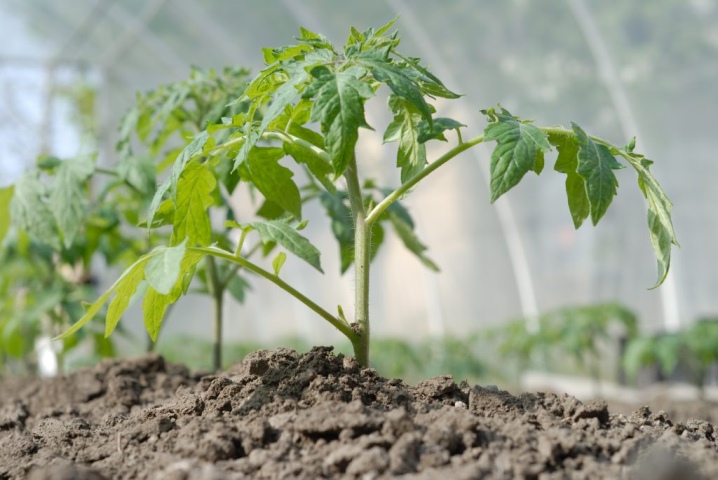
If tomatoes do not bloom well, and the number of ovaries is small, the reasons may be different.
-
Failure to comply with the temperature regime - too high or low temperature in the early morning or evening.
-
Excessive nitrogen content in the soil.
-
Thickened fit... Plants planted close to each other will not fully develop and will not be able to please with a large number of fruits.
-
High or low humidity.
-
Depleted soil. The lack of nutritional components affects not only the yield, but also the taste of vegetables.
-
Pollination problems. Greenhouse-grown plants are often hand pollinated.
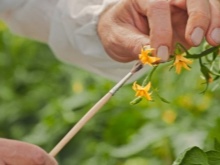
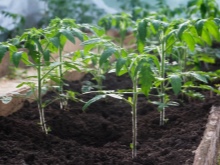
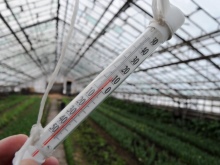
These are the most common causes of decreased fetal production.... And also shrubs can suffer from infections, harmful insects and diseases. Often, problems with fruiting are observed in plants that were grown from planting material collected with their own hands.
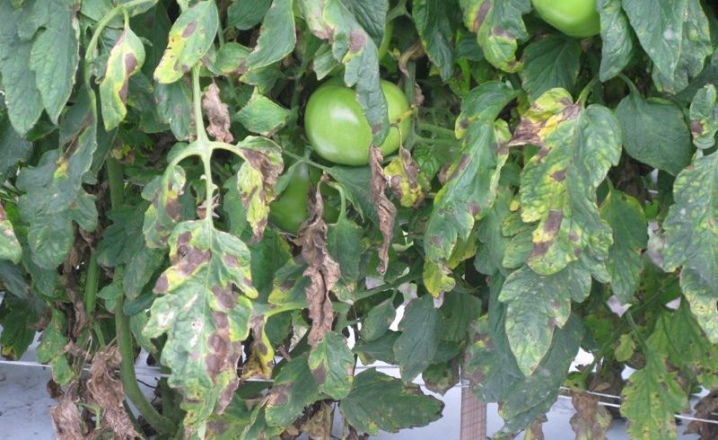
Homemade material is necessarily processed before use, but the effectiveness of such processing is low compared to professional. As a result, shrubs do not take root well in a new place.
In open field conditions, the problem with the formation of ovaries is also not uncommon. The reasons may be the same as when cultivating tomatoes in greenhouses.
We will separately consider additional reasons:
-
processing with chemical compounds that contain aggressive components;
-
diseases and infections;
-
unsuitable conditions, for example, calm weather;
-
the heat has a bad effect on the health of the shrubs, and the flowers begin to fall off;
-
lack of potassium and phosphorus.
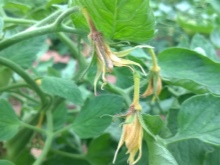
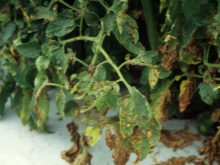
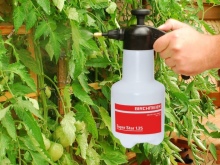
If there is no way to cope with the problem, experienced gardeners are advised to completely get rid of the existing flowers, and let the tomatoes form new buds, which can then turn into tasty fruits.
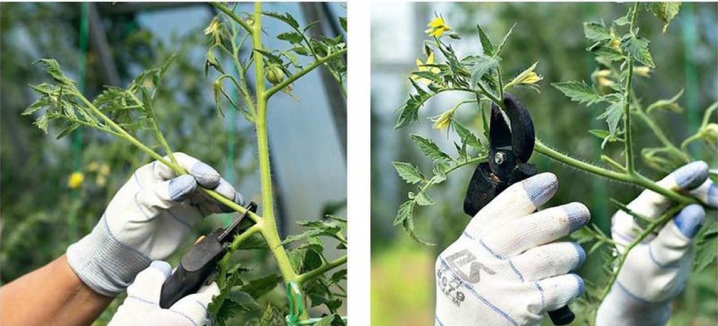
Note: Short-term frosts also negatively affect vegetable crops. In this case, you need to feed the vegetables after the frosts recede.
When to fertilize?
For top dressing to be effective, it is important to apply it on time. You need to fertilize tomatoes when the first flower brush appears. During this period, shrubs draw out a large amount of all components necessary for development from the soil. There are three main minerals that all varieties of tomatoes need: nitrogen, phosphorus and potassium. These are essential elements for growth and fruiting.
During the transition of plants to the flowering phase, the composition of the dressings is changed.By this time, the shrubs have already acquired all the characteristic features of the variety (height, width, splendor of the green mass, and more). Now shrubs do not feel a great need for nitrogen. This component plays a decisive role in the formation of shoots and leaves. For the flowering to go well, and the buds to grow into an ovary, you will need a lot of phosphorus and potassium.
Fertilizers rich in potassium have long been used to form vegetables. The second component is also necessary for a quality harvest, but it is also involved in strengthening the root system. Strong and massive roots are the key to healthy seedlings.
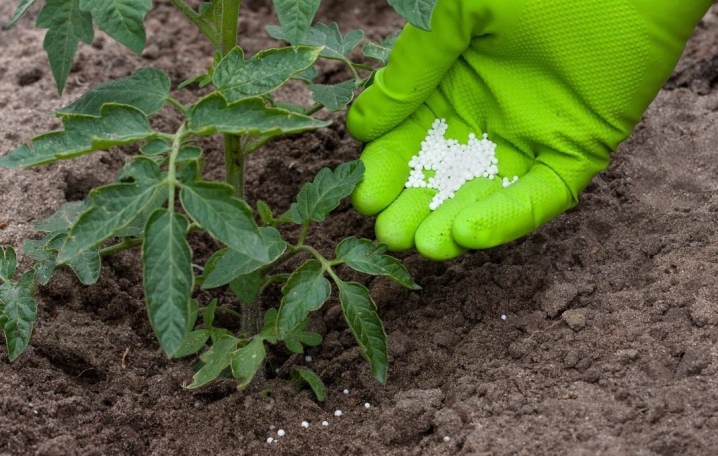
A large amount of nitrogen is needed only in one case - the seedlings are poorly adapted in the garden, the leaves do not grow to the required size, and the shoots are weak and low.
These characteristics indicate the following:
-
the seedlings were grown in violation of agricultural practices;
-
lack of sunlight;
-
dry soil;
-
the soil contains few nutrients.
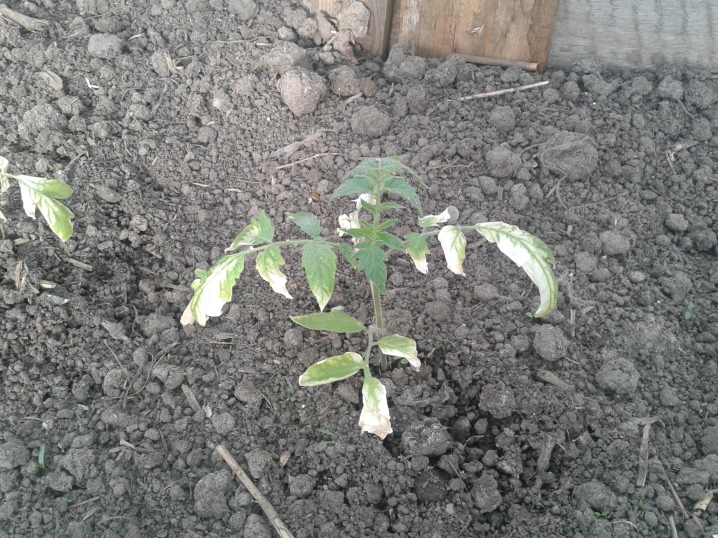
Recommendations for processing plants.
-
It is advisable to spray shrubs on cloudy days, the weather should be calm and without precipitation.
-
For work you need a fine spray, therefore, you need to take care of its purchase in advance.
-
Plants are sprayed either early in the morning or in the evening. Any time when the sun is not active will do. If you break this rule, leaves and shoots will suffer from burns.
-
The liquid used must be evenly distributed over the brushes and inflorescences. The solution should not get on the rest of the plant.
-
During processing it is necessary to avoid getting the composition on the top of the bush.
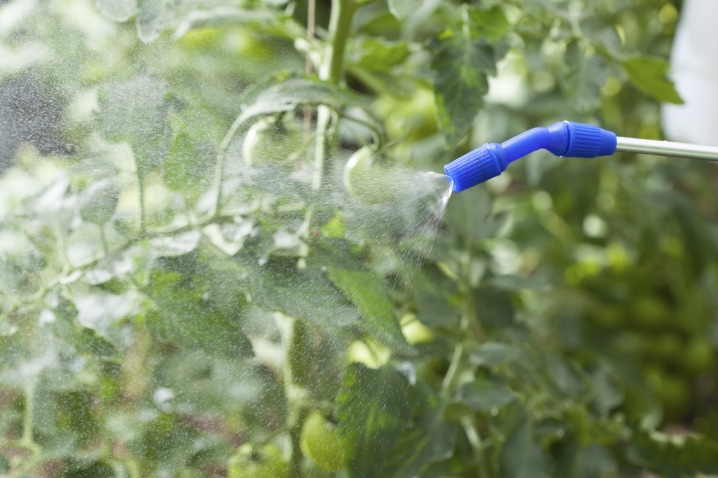
Note: before using a purchased drug, it must be dissolved only in settled water. Water temperature - room temperature.
Folk remedies
In addition to using ready-made preparations, you can spray tomatoes for the ovary with folk remedies. They are suitable for both greenhouses and open areas.
Iodine and milk
These components are well known to experienced gardeners, who often use folk remedies to improve yields.... To make a nutrient solution for tying, it is enough to dissolve 15 drops of iodine in a liter of milk. To the resulting mixture add another 4 liters of pure water. The finished solution is sprayed with tomatoes in the evening.
Milk forms a protective film on the leaves and shoots, which will protect against dangerous microbes. This ingredient can be substituted for another dairy product, such as whey. It is used in the same amount. Iodine acts as an additional feeding and affects generative processes.
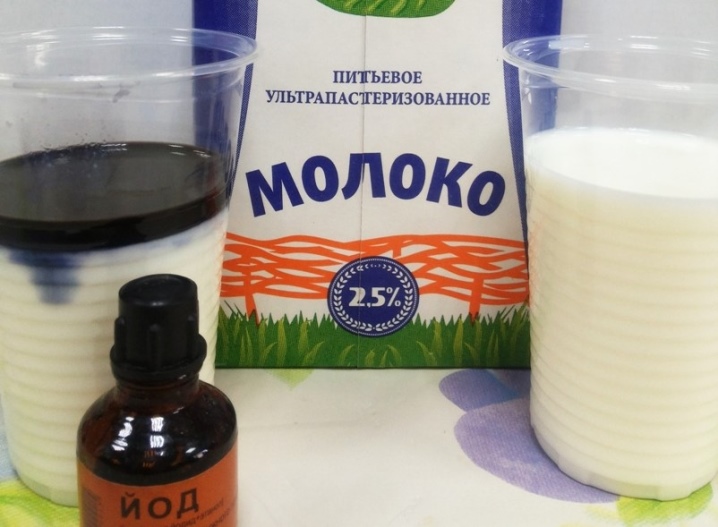
Chaga
Chaga is a birch tinder fungus... It contains biogenic stimulants, thanks to which it is widely used in the field of horticulture. To prepare a solution, 250 grams of powder is diluted in 5 liters of water (its temperature should be 70-80 degrees Celsius). The composition is left to infuse for two days. The same amount of water is used before spraying.
The drug is often used to prevent late blight, and as a fertilizer during the flowering of the first fruit cluster, it demonstrates excellent efficiency. Plants can be re-treated after 35-40 days.
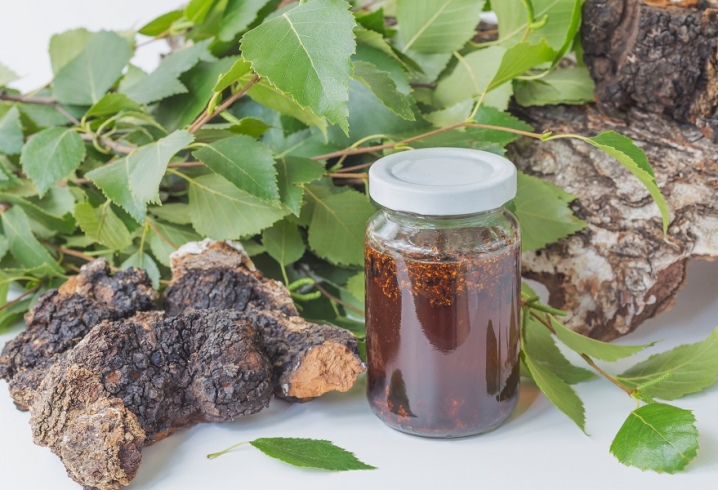
If you have a solution left, you can water the beds with it. Additional feeding will not be superfluous.
Boric acid
Another popular remedy in the struggle for a high-quality and bountiful harvest. This foliar dressing is often applied during flowering. This component plays an important role in the metabolism of tomatoes. Boric acid can only be dissolved in hot water. Proportions - 5 grams per 10 liters of water. During the growing season, spraying is carried out 1-3 times.
The amount of boric acid in the solution is reduced to two grams if the work is carried out in hot weather, and the temperature outside the window has risen to 30 degrees or more.Shrubs are processed during the flowering period.

Nettle
Nettle contains a large number of nutrients that are beneficial for the plant. Nettle is perfect for preparing an herbal solution. Organic food strengthens the immune system of tomatoes and makes them more resistant to extreme weather conditions and diseases. And also there is an improvement in fruiting and additional stimulation of the development of shrubs.
Prepare top dressing as follows (proportions for a container with a volume of 200 liters):
-
100 grams of dry yeast;
-
5 buckets of chopped nettle;
-
mullein (bucket) or bird droppings (half a bucket);
-
the container is filled with water and covered with a lid.

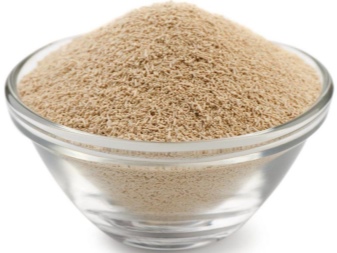
Yeast and organic matter can be replaced with dry bread, old jam or sugar, wood ash, whey. The mixture should be infused for 10 to 12 days. Before irrigating shrubs, a liter of solution is dissolved in a bucket of water. Watering is carried out at the flowering stage.
Top dressing is suitable not only for tomatoes, but also for other fruit crops.
Ammonia
Treatment with ammonia (ammonia) during flowering should be done carefully.
It is important to meet the following conditions:
-
2 grams of the substance is diluted in 10 liters of settled water;
-
during the first treatment, the volume of ammonia can be reduced; for repeated spraying, the amount of alcohol is gradually increased;
-
for the formation of a sufficient number of ovaries, it is sufficient to process it once every 7-10 days, taking into account the state of the plants.
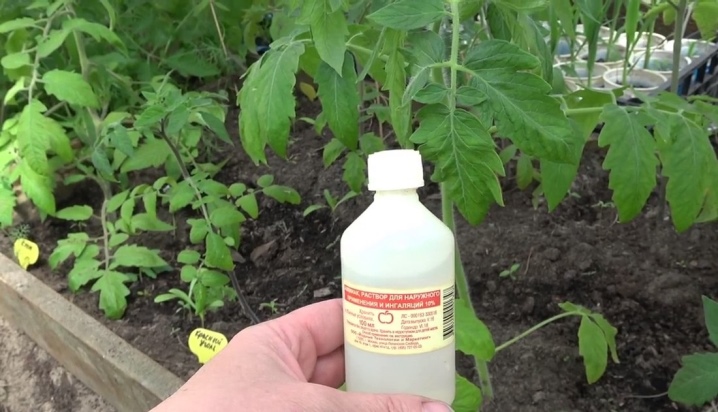
Ammonia is mixed with potassium permanganate and boron, and the resulting composition is used to return the color to the green mass and improve the formation of fruit ovaries.
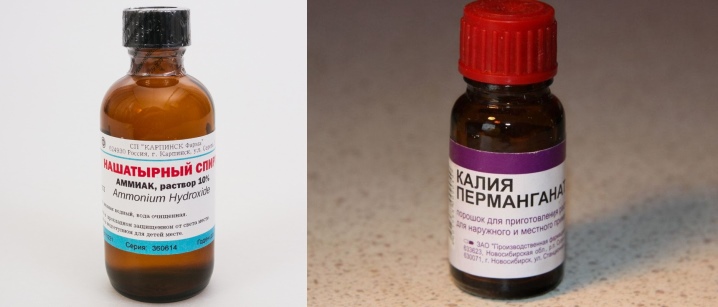
Note: in order to have more fruits on the shoots, it is not necessary to spend money on expensive drugs. Folk remedies are also highly effective. When using them, it is also important to observe the dosage, otherwise the plants will be harmed. Summer residents often combine natural ingredients to obtain a rich harvest.
Mineral fertilizers
To increase the number of ovaries, mineral fertilizers are used. They are essential for the proper development of plants. They are also suitable for targeted feeding of vegetable plantations, especially when growing plants on depleted soil.
During flowering, vegetables are nourished with the following components.
-
Substances such as superphosphate and double superphosphate dissolve slowly, so they are only placed in hot water. The required portion of the drug is dissolved in the liquid, and left for 24 hours until cooked. Before processing shrubs, the nutrient composition is diluted.
-
When choosing potassium chloride or potassium salt, you must strictly follow the instructions. If you exceed the allowable rate, the plant will begin to absorb chlorine.
-
Another effective component is potassium nitrate.... It not only dissolves quickly, but also shows excellent results.
-
Potassium sulfate is considered a universal top dressing.... Instead of this substance, you can use potassium with chlorine.
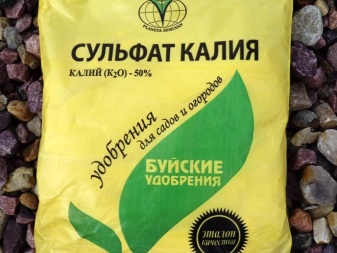
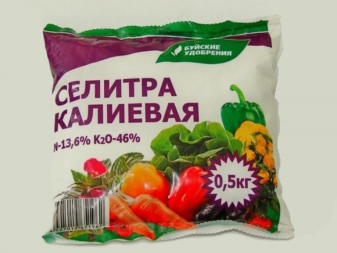
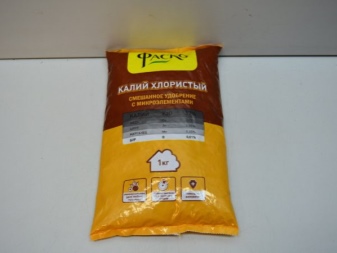
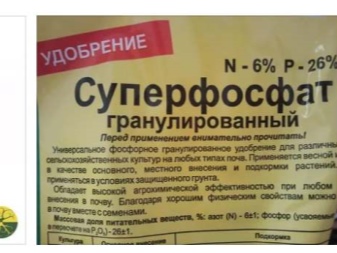
Complex mineral formulations, which can be found in any gardening store, are also widely used. Ready-made preparations are most often chosen by beginners so as not to prepare the solution on their own.
When using mineral fertilizers, it is important to observe the dosage, which directly depends on the growth and development phase of the shrub.
-
When flowering has just begun, the following components are dissolved in a bucket of water: 10 grams of potassium chloride, 40 grams of superphosphate and 20 grams of ammonium nitrate.
-
In a container in which 25 grams of superphosphate was dissolved, 20 grams of potassium sulfate and only 2 grams of manganese are added.
-
Composition of 30 grams of ammonium nitrate, 20 grams of potassium and 70 grams of superphosphate used during the flowering period of the third and fourth fruit brushes.
-
The next feeding is carried out in 14 days.... Now, to prepare the solution, 45 grams of superphosphate, 30 grams of potassium and the same amount of ammonium nitrate are combined.
-
This nutritional composition significantly accelerates the fruiting process of tomatoes.... To prepare it, it is enough to mix 5 grams of urea, a potassium-based preparation, then add 20 grams of double superphosphate to the mixture. If you need to process weak seedlings, the amount of nitrogen fertilizers is doubled.
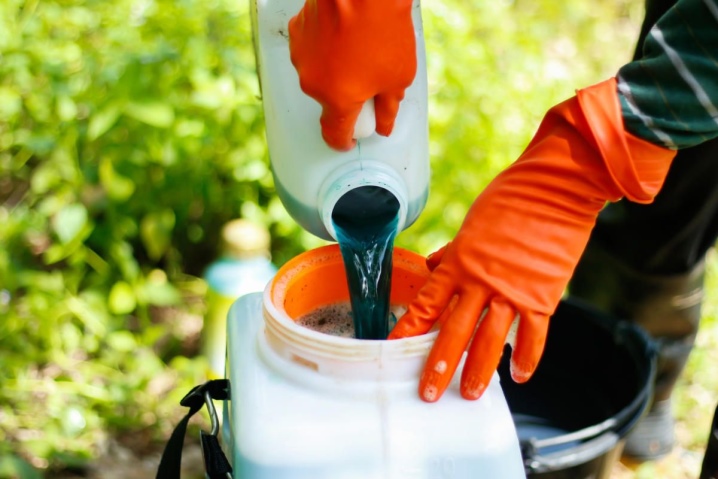
Foliar fertilization is also widespread.
A popular recipe for a bucket of clean and settled water:
-
2 grams of zinc;
-
2 grams of sulfates;
-
2 grams of boric acid;
-
4 grams of manganese sulfate.
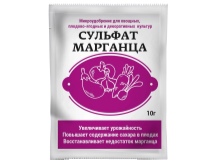
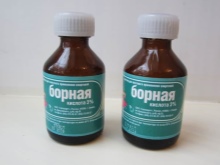

The amount of top dressing is indicated per 100 square meters of land. In order for shrubs to form as many ovaries as possible, gardeners use boron. This component can be found in drugs such as borofosk, borosuperphosphate and other analogues. Each package contains instructions for the use of the drug, which must be followed exactly.

Before feeding the vegetable crop and after the procedure, it is imperative to water the area. When processing plants, many gardeners opt for liquid preparations. They are convenient to use and absorb faster than other options.

Dry substances and feeding in the form of granules are evenly distributed on the soil surface. It is important that they do not come into contact with the roots.
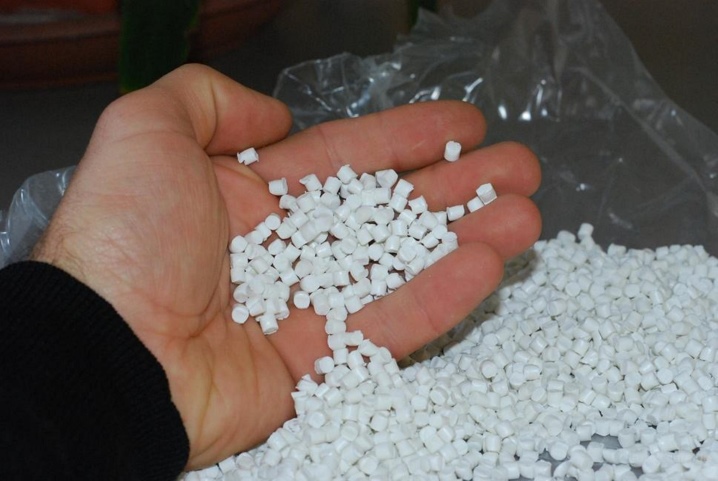
When growing vegetables, it is important to consider the type of soil. Based on this, the appropriate dosage of the mineral formulations is calculated. Increased amounts of funds are used for heavy and clayey soils for the reason that in these areas minerals are absorbed very slowly. If shrubs grow on light soil, nutrients are absorbed faster by the root system.
Note: when spraying and feeding tomatoes, the characteristics of each variety should also be taken into account. Some plants boast strong immune systems, while others tolerate extreme weather well. All of these characteristics influence the choice of fertilizers and substances required for processing.
Complex fertilizers
Shrubs can also be treated with complex fertilizers for a stable and tasty harvest.
The most common complex mineral preparations are considered ammofosk, nitrophoska and nitroammofosk, "Mag-bor", potassium monophosphate and others like that, which are found in the modern assortment. And also buyers are provided with a wide selection of analogues. These and similar preparations also contain trace elements, albeit in small quantities.
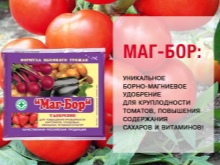
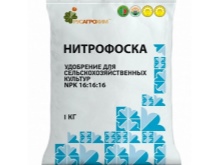

Specialized formulations are considered to be as balanced as possible. They are designed specifically for growing tomatoes. Many of them have been specially designed for use during flowering. The composition of such preparations contains iron, calcium, boron and other necessary components.
We are talking about the following compositions: "Sudarushka-tomato", "Universal", "Master", "Signor Tomato" and other ready-made preparations. Despite the wide selection of store products, complex formulations can be prepared by hand. This is not difficult to do, you just need to know the appropriate recipe.
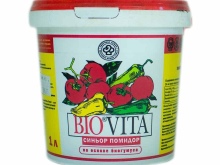
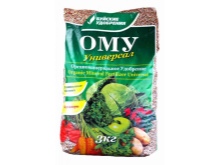
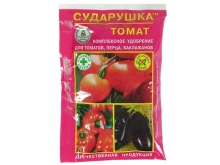
Recipes for the preparation of a complex preparation (proportions per 10 liters):
-
boric acid - 5 grams, wood ash - 0.5 liters;
-
mullein solution - 500 milliliters, nitrophoska - 50 grams;
-
mullein solution - 500 milliliters; azofoska - 25 grams;
-
mullein solution or bird droppings - 500 milliliters, potassium sulfate - 20 grams.
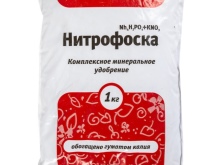
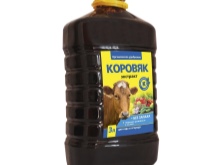

Organic fertilizers
To improve the formation of ovaries, organic matter is also great.... Each component has a certain effect on the plant, but in order for the result to be positive, it is necessary to correctly use each of the components.
Humates
This group includes dressing from different extracts combined with minerals... Due to the activation of microorganisms, the structure of the soil is improved.This makes it easier for plants to absorb nutrients from the soil.
Many formulations can be found in the industrial field, and several are considered the most famous of them.
-
The drug "Hera"... 25 milliliters of substance are consumed per liter of water. And you can also apply 5 grams of fertilizer for each plant.
-
Potassium humate - 50 milliliters is enough for 10 liters of water. The solution is used as foliar feeding and for standard watering.
-
Sodium humate. In 10 liters of settled water, 20 milliliters of humate are dissolved. The resulting composition is watered after transplanting seedlings at the rate of 0.5 liters per plant. The next time the procedure is carried out in the flowering phase to increase the number of fruit ovaries. For the third time, the shrubs are sprayed at the rate of 500 milliliters of liquid per plant, but this time the volume of the nutrient component is reduced to 3 milliliters.
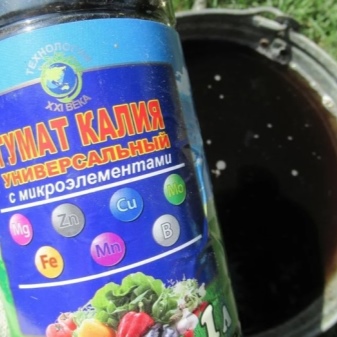

Yeast
You can increase fruiting with yeast. This component is used as soon as the first flowers appear. During this period, it is advisable to carry out yeast feeding on those areas of the soil that were saturated with organic matter in the fall.
Scheme for preparing a solution and caring for tomatoes.
-
In a three-liter container, 100 grams of sugar and the same amount of fresh yeast are insisted. To start the fermentation process, you need to put the container in a warm place. It is impossible to use a concentrated composition, therefore it is diluted in water - 200 milliliters in 10 liters of warm water. Consumption - about one liter of yeast solution per plant. Top dressing is introduced at the root.
-
Second common recipe: 10-11 grams of the product is dissolved in a bucket of warm water and left in the sun for several hours (about 5 hours). After fermentation, the mixture is diluted in 50 liters of water. Consumption is the same as for the composition above.
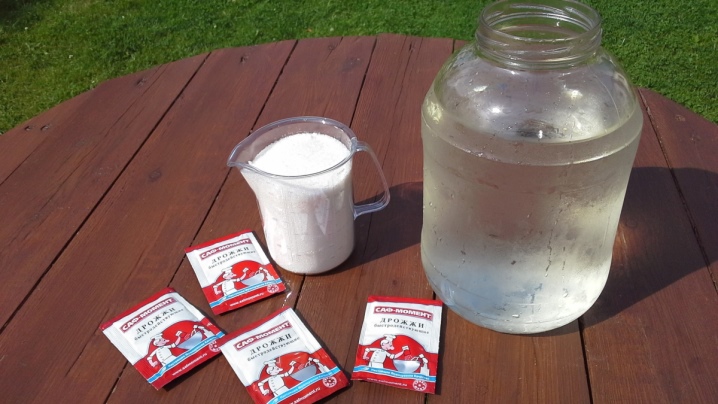
Ash
This component contains minerals that are needed during flowering. Gardeners use ashes of various origins. It can be a combustion product from straw or wood. It is very easy to prepare a composition for processing tomatoes on the street or in a greenhouse. One bucket of water is used from 50 to 150 grams of ash. The resulting composition is watered plants at the root at the rate of 500 milliliters per plant.
When processing plantations on acidic soils, the amount of ash is increased, and for alkaline soils, on the contrary, it is reduced. It is undesirable to combine this component with mullein, since ammonia is lost in this compound.
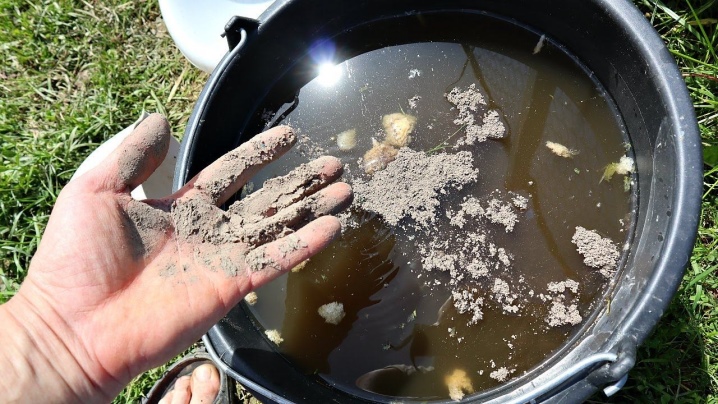
Note: in order for the ovaries to form in sufficient quantities, it is not necessary to carry out complex agrotechnical measures. It is enough just to buy or prepare a special composition, and apply it in time according to the instructions.













The comment was sent successfully.